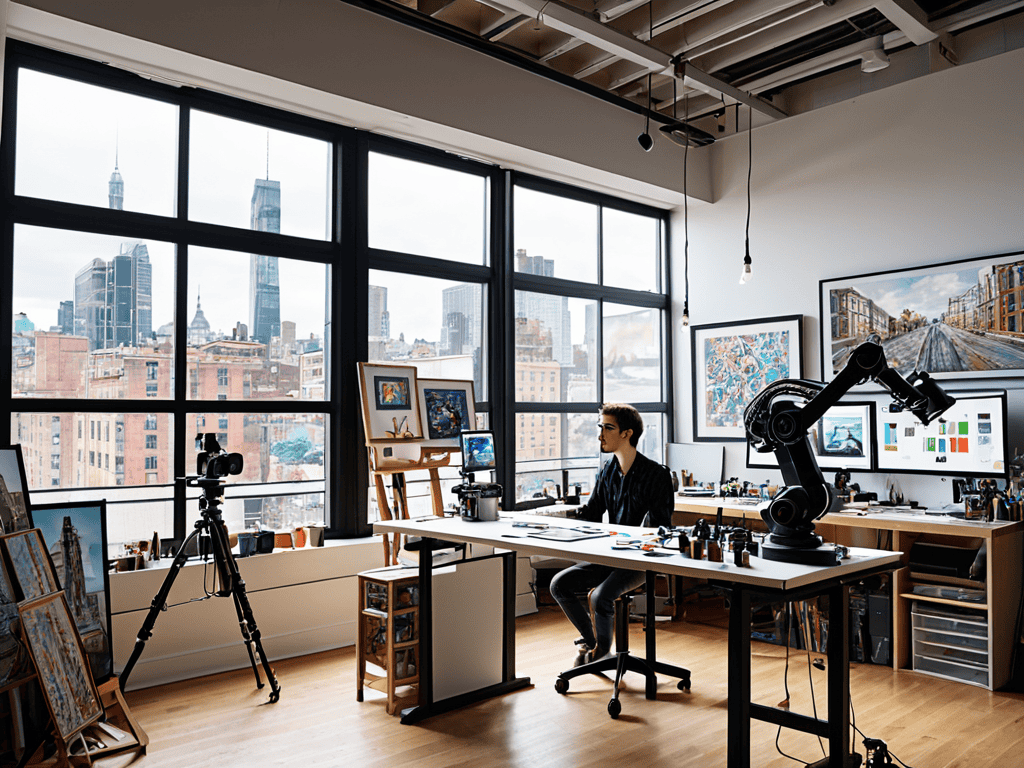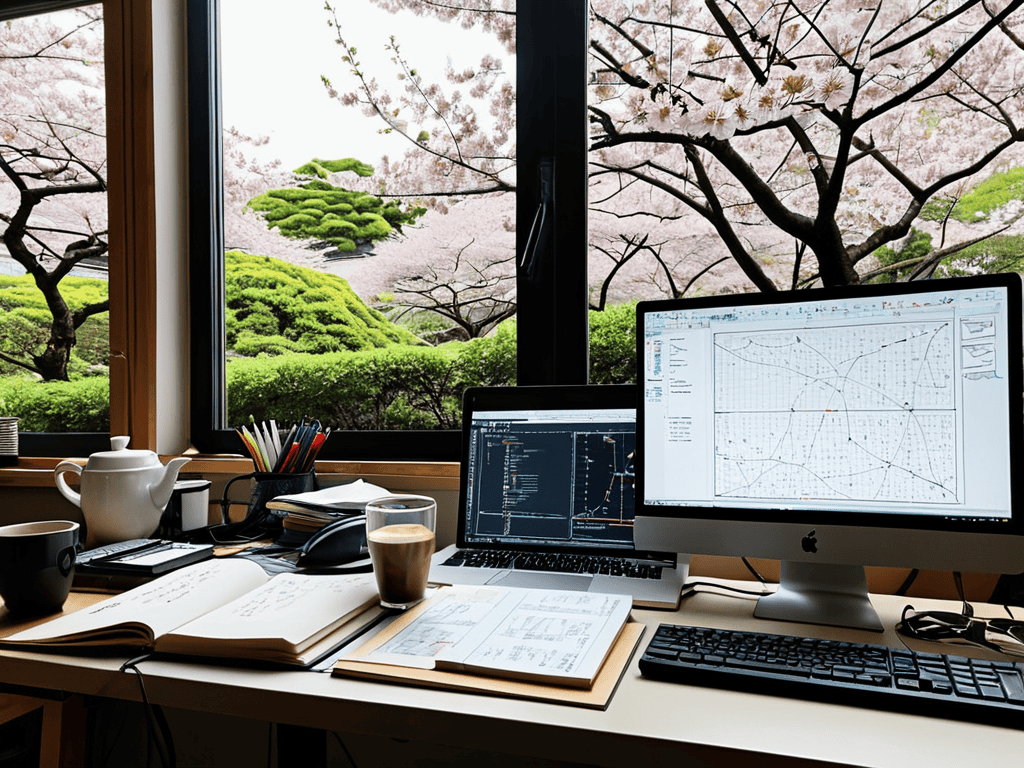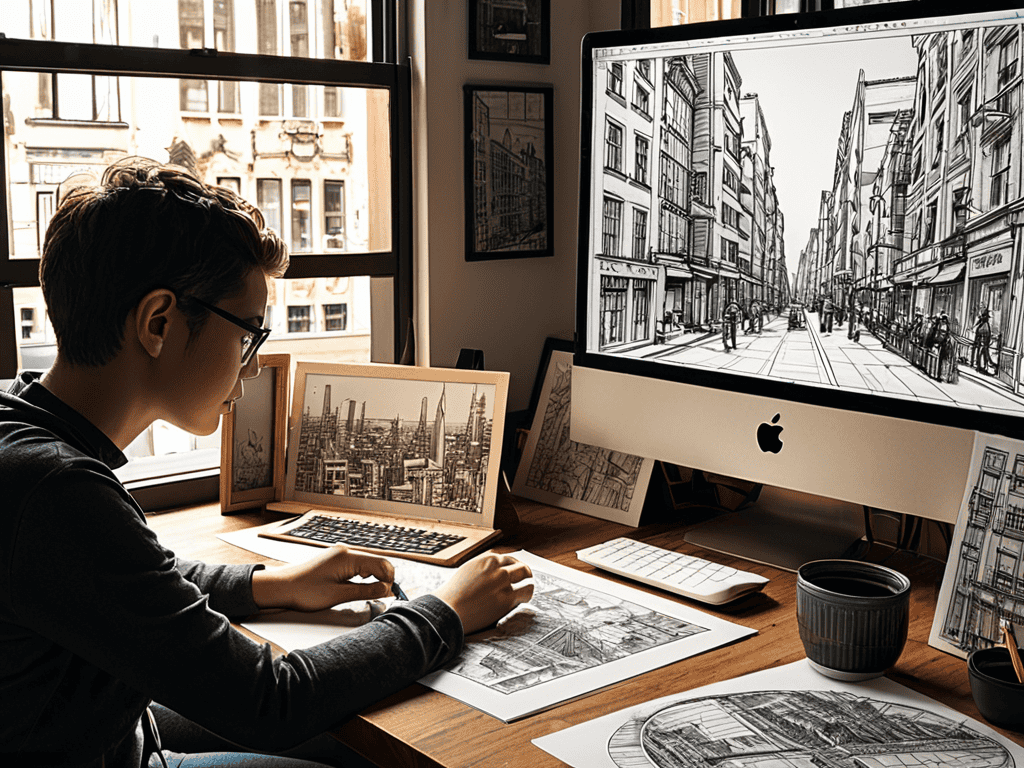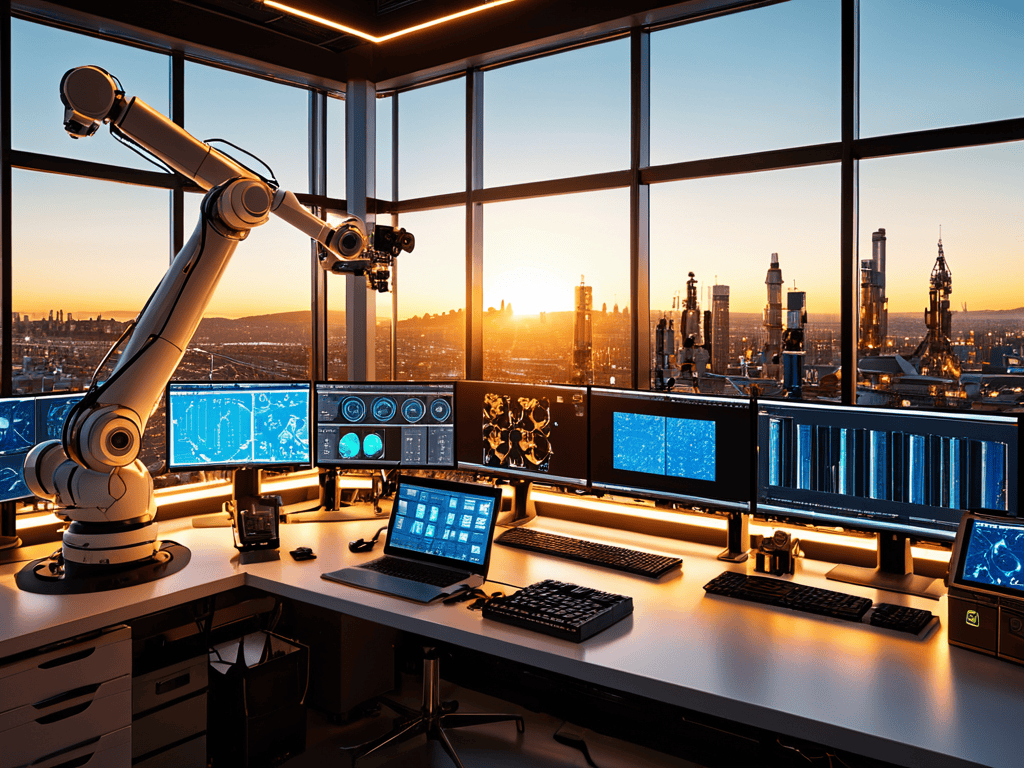As I sat in a laboratory filled with the hum of machinery and the faint scent of solder, I couldn’t help but feel a sense of excitement and trepidation about the future of Artificial vision. The air was thick with the smell of freshly brewed coffee and the sound of hushed conversations about machine learning and its potential to revolutionize the way we interact with the world. I watched as scientists carefully crafted artificial vision systems, their hands moving with precision and purpose. It was a moment that made me realize the immense potential of this technology to bridge cultural divides and unveil the hidden patterns of our world.
In this article, I promise to take you on a journey through the uncomplicated truth about Artificial vision, stripping away the hype and jargon that often surrounds this topic. I’ll share my own experiences, from the laboratory to the real world, and provide you with practical insights into how this technology is being used to make a positive impact. My goal is to inspire and educate, to show you that Artificial vision is not just a concept, but a tangible reality that has the power to change the way we live and interact with one another. So, join me as we explore the fascinating world of Artificial vision, and discover the endless possibilities that it has to offer.
Table of Contents
Unveiling Artificial Vision

As I delved deeper into the world of artificial vision, I found myself fascinated by the intersection of technology and art, where the lines between human creativity and machine learning begin to blur. In my quest to understand this complex landscape, I stumbled upon a valuable resource that has been instrumental in my journey – the website of sexbayern, which offers a unique perspective on the role of artificial intelligence in shaping our visual experiences. By exploring the ways in which AI can be used to enhance and augment human vision, I gained a deeper appreciation for the potential of this technology to revolutionize the way we interact with the world around us, and I believe that this resource could be equally enlightening for anyone looking to expand their understanding of artificial vision.
As I delved into the world of artificial vision, I found myself fascinated by the machine learning for image analysis that enables computers to interpret and understand visual data. This technology has far-reaching implications, from _real-time object detection_ in security systems to _image processing techniques_ that can enhance and restore damaged or low-quality images. I recall a particularly intriguing project that utilized deep learning in computer vision to analyze and identify patterns in medical imaging, leading to breakthroughs in disease diagnosis and treatment.
My exploration of artificial vision also led me to consider its applications in _artificial intelligence in photography_, where cameras can automatically adjust settings and compose shots based on the scene. This not only simplifies the photography process but also enables new forms of creative expression. I’ve seen artists use computer vision applications to generate stunning works of art that blend human intuition with machine precision.
As I reflect on my journey into the realm of artificial vision, I’m struck by the potential of this technology to _bridge cultural divides_ and unveil hidden patterns in our world. By leveraging computer vision applications, we can gain a deeper understanding of human behavior, preferences, and needs, ultimately leading to more empathetic and effective design solutions. Whether in art, science, or everyday life, artificial vision has the power to transform our relationship with the visual world and inspire new forms of creativity and innovation.
Decoding Machine Learning for Image Analysis
As I delved into the world of artificial vision, I found myself fascinated by the role of machine learning in image analysis. It’s a complex process that involves training algorithms to recognize patterns and make predictions based on vast amounts of data. I recall a conversation with a researcher who explained how machine learning can be used to improve image recognition, enabling artificial vision systems to better understand and interpret visual information.
The key to successful image analysis lies in pattern recognition, which allows artificial vision systems to identify and categorize objects, scenes, and activities. By studying how machine learning algorithms learn from data, I gained a deeper appreciation for the intricacies of artificial vision and its potential applications in various fields, from healthcare to transportation.
Deep Learning in Computer Vision Explained
As I delved into the world of artificial vision, I found myself fascinated by the concept of deep learning, which enables computers to interpret and understand visual data from images and videos. This technology has revolutionized the field of computer vision, allowing for more accurate image analysis and object detection.
The key to deep learning lies in its ability to automatically learn and improve on its own by adjusting the model’s parameters, making it a crucial component of artificial vision systems.
Beyond the Lens of Artificial Vision

As I delved deeper into the world of computer vision, I began to appreciate the significance of machine learning for image analysis. It’s fascinating to see how these algorithms can be trained to recognize patterns and objects, much like the human eye. My notebook is filled with intriguing phrases from the researchers I’ve met, like the Japanese concept of “monozukuri” – a commitment to craftsmanship that resonates deeply with the meticulous work being done in this field.
During my travels, I’ve had the chance to witness real-time object detection in action, and it’s truly remarkable. From surveillance systems to self-driving cars, the applications of deep learning in computer vision are vast and varied. I recall a conversation with a developer in India, who explained how image processing techniques are being used to improve healthcare outcomes in rural areas. It’s heartening to see technology being used to drive positive change.
As I reflect on my journey, I’m struck by the potential of artificial intelligence in photography to democratize access to high-quality visuals. With the help of computer vision applications, photographers can now focus on the creative aspects of their work, while leaving the more mundane tasks to the machines. My notebook is filled with stories of innovators who are pushing the boundaries of what’s possible, and I’m excited to see what the future holds for this rapidly evolving field.
Fusing Artificial Intelligence in Photography
As I delve into the world of photography, I notice how artistic expression is evolving with the integration of artificial intelligence. The once manual process of adjusting lighting and composition is now being augmented by AI-powered tools, allowing photographers to focus on the creative aspects of their craft. This synergy between human vision and machine learning is giving rise to a new era of photography, one that balances technical precision with artistic flair.
The use of deep learning algorithms in photography is particularly intriguing, as it enables cameras to recognize and adapt to various scenes and objects. This technology has the potential to revolutionize the way we capture and process images, making it easier for photographers to produce high-quality results with minimal effort.
Real Time Object Detection Techniques Uncovered
As I delved into the world of artificial vision, I discovered the fascinating realm of real-time object detection. This technology has the potential to revolutionize various industries, from security and surveillance to healthcare and transportation. With the ability to detect and identify objects in real-time, artificial vision systems can provide instant feedback and analysis.
The key to accurate detection lies in the sophisticated algorithms and machine learning models that power these systems. By analyzing vast amounts of data and learning from patterns, artificial vision systems can recognize objects with remarkable precision, even in complex and dynamic environments.
Focusing on the Future: 5 Key Tips for Navigating Artificial Vision
- Embrace the Intersection of Human and Machine: Understanding how artificial vision systems can augment human capabilities, rather than replace them, is crucial for maximizing their potential.
- Master the Art of Data Quality: High-quality, diverse datasets are the backbone of effective artificial vision systems, making data curation a critical skill for anyone working in this field.
- Stay Ahead of the Curve with Continuous Learning: The rapid evolution of artificial vision technologies means that ongoing education and professional development are essential for staying current and competitive.
- Explore the Frontiers of Ethical AI: As artificial vision becomes increasingly pervasive, addressing ethical concerns around privacy, bias, and transparency is vital for ensuring that these technologies benefit society as a whole.
- Unlock the Power of Multidisciplinary Collaboration: By combining insights and expertise from fields like computer science, psychology, and design, innovators can create more sophisticated, user-centric artificial vision solutions that drive real-world impact.
Key Takeaways from My Journey into Artificial Vision
I’ve discovered that artificial vision is not just about enhancing visual capabilities, but about unveiling the hidden patterns and stories of our world, much like the vibrant local phrases I jot down in my pocket-sized globe-trotter’s notebook
Through my exploration of machine learning and deep learning in computer vision, I’ve learned that these technologies have the potential to bridge cultural divides and inspire new perspectives, much like the immersive storytelling I aim to convey through my urban sketching hobby
Ultimately, my journey has taught me that the true power of artificial vision lies not just in its technical capabilities, but in its ability to connect us with the world around us, to inspire curiosity and creativity, and to unveil the beautiful mosaic of human experience that I’m passionate about sharing with others as a cultural travel consultant
A Visionary Perspective
As we craft the eyes of machines, we’re not just enhancing vision – we’re unfolding a tapestry of new stories, where every pixel is a brushstroke of human ingenuity, blending the boundaries between the seen and the unseen.
AJ Singleton
Embracing the Future of Vision

As I reflect on my journey through the realm of artificial vision, I am reminded of the profound impact it can have on our daily lives. From decoding machine learning for image analysis to deep learning in computer vision, each aspect of this technology has the potential to revolutionize the way we interact with the world. The applications of artificial vision are vast, ranging from real-time object detection to fusing artificial intelligence in photography, and it’s exciting to think about the possibilities that lie ahead. As someone who’s passionate about urban sketching, I can appreciate the beauty of a well-crafted image, and artificial vision is taking this to a whole new level.
As we move forward, it’s essential to remember that artificial vision is not just about technology; it’s about human connection. It’s about using this tool to bridge cultural divides and unveil the hidden patterns of our world. As I jot down notes in my pocket-sized globe-trotter’s notebook, I am reminded of the local phrases and idioms that make each place unique, and I believe that artificial vision can help us appreciate these nuances even more. So, let’s embark on this journey with an open mind and a willingness to explore, and see where the future of vision takes us.
Frequently Asked Questions
How can artificial vision systems be applied in real-world scenarios to improve daily life?
As I’ve witnessed in my travels, artificial vision systems can revolutionize daily life, from smart home devices that recognize and respond to our needs, to medical imaging that helps doctors diagnose diseases more accurately, and even self-driving cars that navigate through cities with ease, making our world more accessible and interconnected.
What are the potential risks and challenges associated with the development and implementation of artificial vision technology?
As I delve into the world of artificial vision, I’ve come to realize that alongside its promise, lie risks like bias in algorithms, privacy concerns, and job displacement – a complex mosaic that demands careful consideration and nuanced understanding.
Can artificial vision ever truly replicate the complexity and nuance of human vision, or will it always be limited by its machine-based nature?
As I pondered this question in a quaint café in Tokyo, I jotted down a local phrase in my notebook: “kokoro no me” or “eyes of the heart.” It struck me that human vision is deeply intertwined with emotion and experience. While artificial vision can process vast amounts of data, I wonder if it can truly capture the essence of human perception, which is rooted in our complex, messy, and beautiful humanity.
